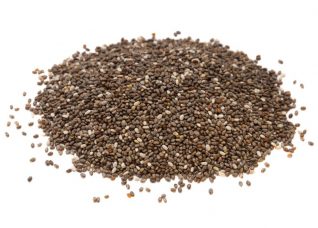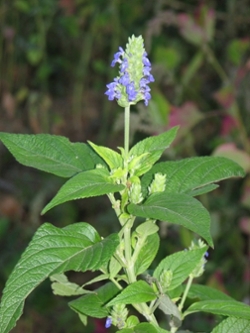
MinerAlert

MinerAlert
Salvia hispanica
Lamiaceae
Spanish sage, salba, wild sage

Seeds.

Safety/Precautions:
Before you decide to take any medicinal herb or herbal supplement, be sure to consult with your health care professional first. Avoid self-diagnosis and self-medication: Always be on the safe side!